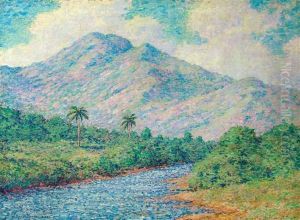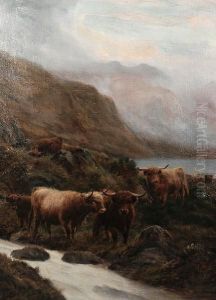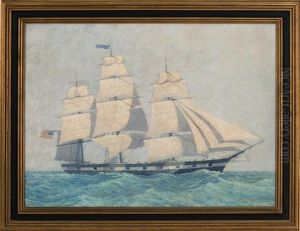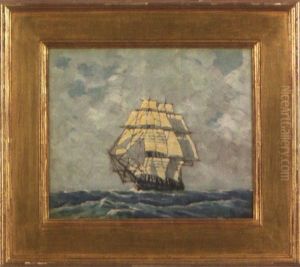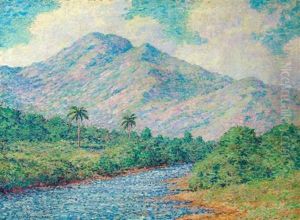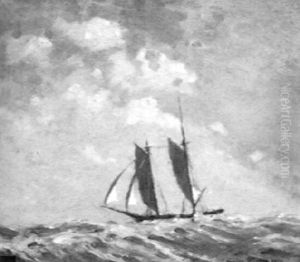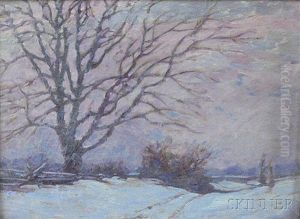Thomas Watson Ball Paintings
Thomas Watson Ball was an English artist born in 1863, known for his landscape paintings, watercolours, and involvement with the Newlyn School of artists. He was part of a group of painters who were drawn to the picturesque fishing village of Newlyn in Cornwall, England, where a colony of artists emerged in the late 19th century, attracted by the quality of light, the scenic coastline, and the everyday life of the local fishing community.
Ball's artistic journey began at the Newcastle School of Art before he continued his studies at the South Kensington School of Art in London. He later moved to Newlyn, where he joined other artists like Stanhope Forbes and Walter Langley, who played significant roles in the development of the Newlyn School. This artistic community was inspired by the plein air painting techniques of the French Impressionists and the realism of the Barbizon School.
His work often depicted the rugged Cornish landscape and the sea, capturing the nuances of light and atmosphere that characterized the region. Ball's paintings were marked by their realistic portrayal of rural life, and he was particularly adept at using watercolours to express the changing moods of the environment around him. Despite not being as widely known as some of his contemporaries, Ball contributed to the diversity and richness of the Newlyn School's artistic output.
Thomas Watson Ball's life as an artist was relatively quiet and focused on his craft. His works were exhibited at various institutions, including the Royal Academy. While the Newlyn School's prominence waned as the 20th century progressed, its influence remained significant in British art, and Ball's contributions to this movement continue to be appreciated by art historians and collectors. He passed away in 1929, leaving behind a legacy that reflects the ethos and aesthetic values of a pivotal movement in British art history.
